How Orbit and Spot Work Together
At the heart of Orbit’s value is its blend of smart scanning and vision-language analysis. Spot uses its cameras and sensors to record every corner of a site. This data feeds directly into Orbit’s system. Unlike standard sensors, Orbit understands what it sees. With natural language prompts, the AI can find and label cracks, missing bolts, or changes in equipment that a person might miss.
This is especially useful in tough spots, dark corners, tight passages, or high platforms. Spot can go where drones or wheeled robots can’t, and Orbit makes sense of the data on the fly. Site managers can check Orbit’s reports and photos from anywhere, spotting trends before they become hazards.
Fewer Surprises, Safer Sites
Predictive checks mean fewer breakdowns and fewer rushed repairs. When a pipeline starts showing stress, Spot’s daily route can catch the signs early. Orbit then flags the issue for teams to fix before it worsens. This reduces downtime, saves on emergency call-outs, and keeps crews safer.
Unlike manual logs, which might be missed or delayed, Orbit provides a live, growing record. This record builds trust between teams and managers who need to prove that checks happen on time.
A Closer Look at Orbit’s New Tools
Boston Dynamics designed Orbit to go beyond simple object spotting. Using vision-language prompts, Orbit can follow complex instructions, such as “check for pooling fluid under pipe junctions” or “find missing safety tags on valves.” This means Spot can do custom checks for different industries.
For example, a chemical plant might ask Spot to look for leaks under certain tanks. A construction site might need daily scans of beams for cracks. Orbit’s flexibility means teams can adjust instructions without needing programmers on-site.
Unitree B2-W and the Expanding Field
Boston Dynamics isn’t alone. Companies like Unitree keep improving their own four-legged robots. The Unitree B2-W, for example, offers strong mobility and a competitive price for industrial and research uses. As more groups invest in these machines, they all push each other to improve.
Still, Orbit’s biggest strength is how it blends Spot’s trusted hardware with advanced language processing. While other robot dogs are expanding options for buyers, Orbit’s new tools keep Boston Dynamics ahead in industrial inspections.
Applications Beyond Heavy Industry
Though factories and plants benefit first, Orbit and Spot can fit in other places too. Remote energy sites, like wind or solar farms, often need regular checks across wide areas. Spot’s sensors, paired with Orbit’s instructions, can patrol fences, scan panels, and check wiring with fewer errors.
Warehouses and large indoor spaces are another match. Here, Spot can handle repetitive tasks: checking fire extinguishers, reading gauges, or making sure exits stay clear. All the while, Orbit collects the visuals and turns them into clear reports.
Keeping Humans in Control
One worry with smarter robots is that they replace workers. In truth, tools like Spot and Orbit support people rather than push them aside. By handling repetitive checks, they free up skilled staff to handle repairs, upgrades, or custom fixes.
Instead of walking miles of pipes or climbing ladders daily, inspectors can focus on solving the actual problems Spot uncovers. That means less fatigue, fewer slips and falls, and better morale overall.
Privacy and Site Security
As Spot and Orbit spread, some companies ask how to keep data safe. Orbit’s reports contain details about private equipment and layouts. Strong encryption, local data storage, and clear user controls help teams decide who sees what.
This focus on security also links to other uses of four-legged robots. Some cities test similar tech for remote checks or public safety roles. Clear guidelines help keep the same tools useful for industry without raising new worries.
Getting Started with Smart Inspection
What does a company need to bring Orbit and Spot on board?
- Clear routes: Spot works best when it can repeat the same paths daily.
- Wi-Fi or other strong signals are important for sending Orbit’s data back fast.
- Teams need clear goals: What do you want Spot to check? Which hazards matter most? Orbit’s flexibility means teams can adjust questions and tasks as sites change.
Where Toborlife.ai Comes In
If you’re serious about learning where robotics is headed not just Spot but the full field Toborlife.ai is the place to start. We gather practical news, tools, and insights for businesses ready to adopt robots like Spot, the Unitree B2-W, and other new inspection systems.
At Toborlife.ai, you’ll find guides on setup, case studies that show real numbers, and reliable advice on how to match a robot to your site’s daily demands. Whether you’re planning to buy, rent, or test, we help you weigh options wisely.
How Does Orbit Shape the Future of Work?
In many ways, Orbit shows what’s next for industrial AI. It’s not about fancy hardware alone, it’s about how smart software turns normal images into clear action steps. Vision-language systems open the door for robots to do custom tasks with simple instructions. No lines of code, no daily reprogramming.
As companies trust these checks more, workers spend less time walking the same routes. Instead, they spend more time fixing, designing, or improving. That balance of machines and humans working together makes heavy industry safer and more stable.
Summing It Up
Spot won’t be the only robot dog on large sites for long. Models like the Unitree B2-W are gaining ground, and new smaller robots, wheeled machines, and drones will handle tasks that four-legged bots can’t cover alone. Still, the core idea behind Orbit smart tools that see, understand, and turn visual checks into clear, useful reports will influence how all these machines work together in the future.
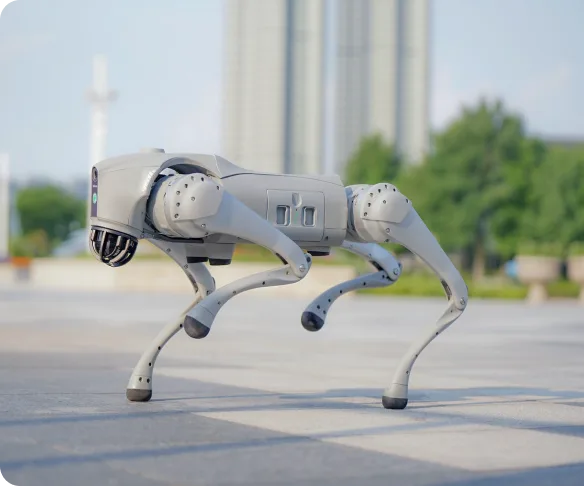
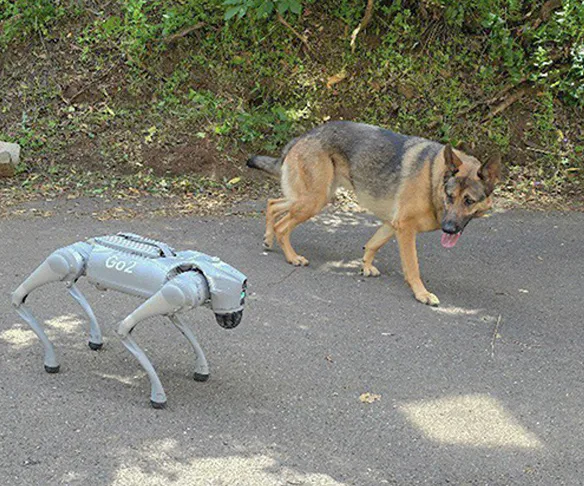
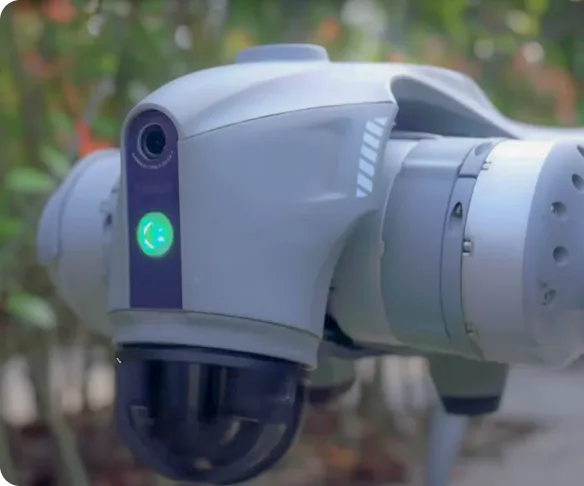
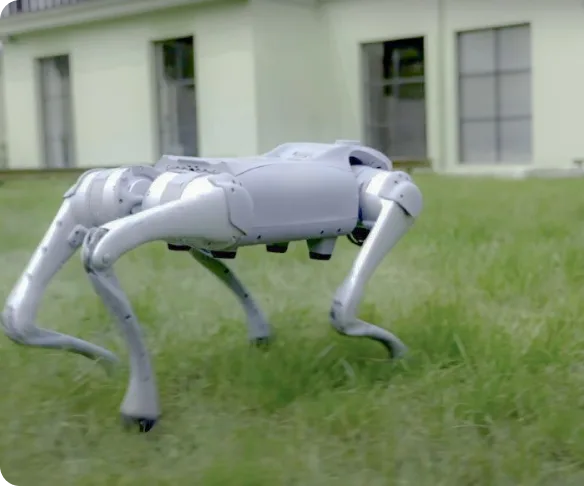
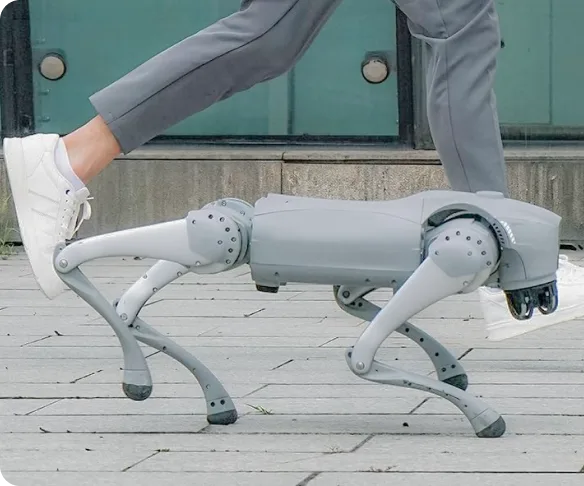

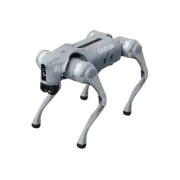
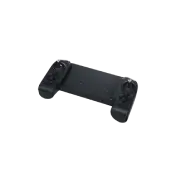
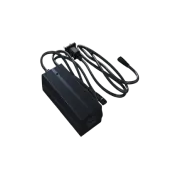
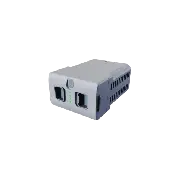
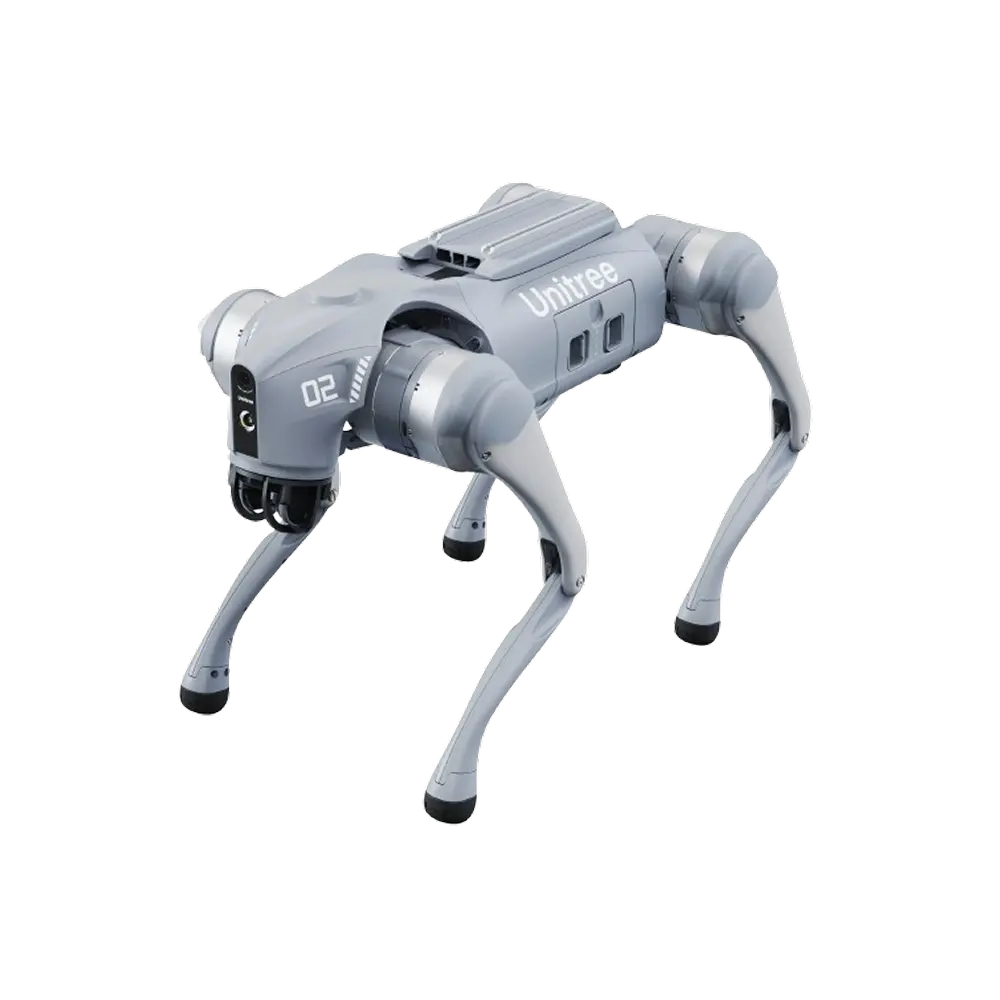

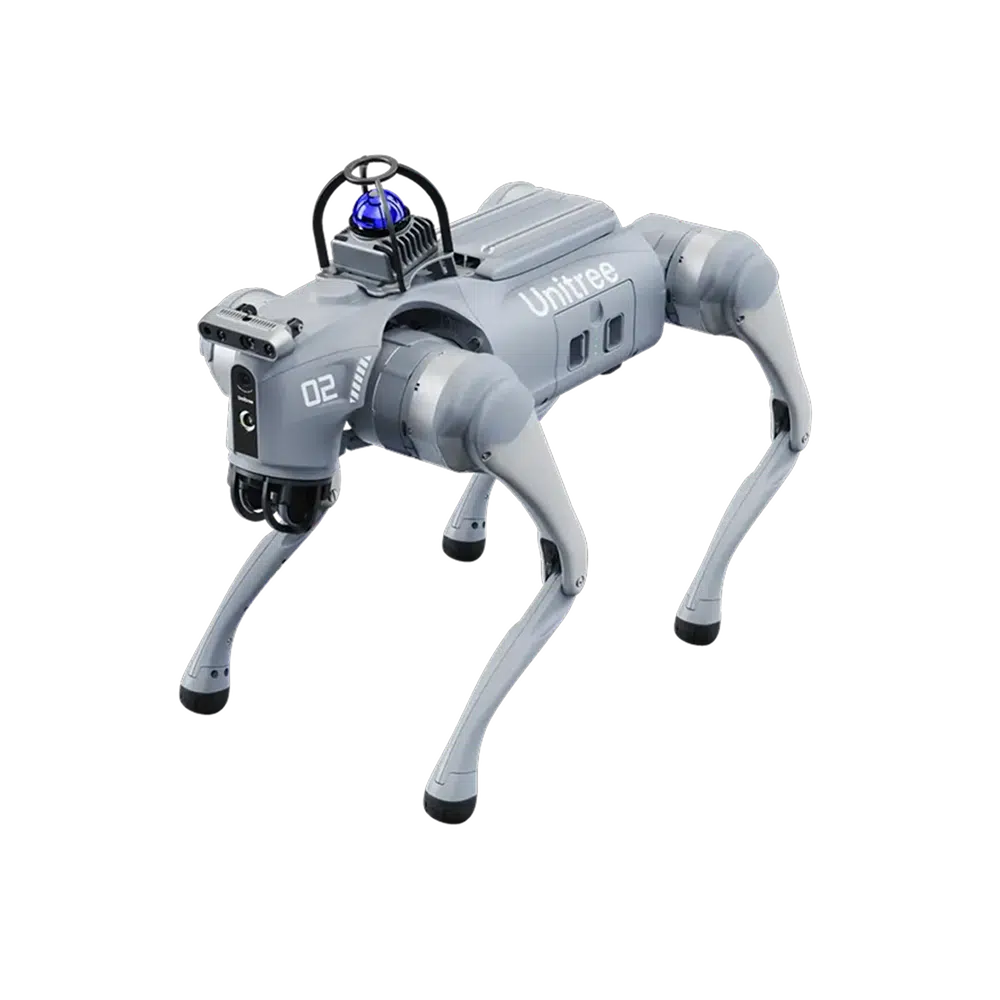
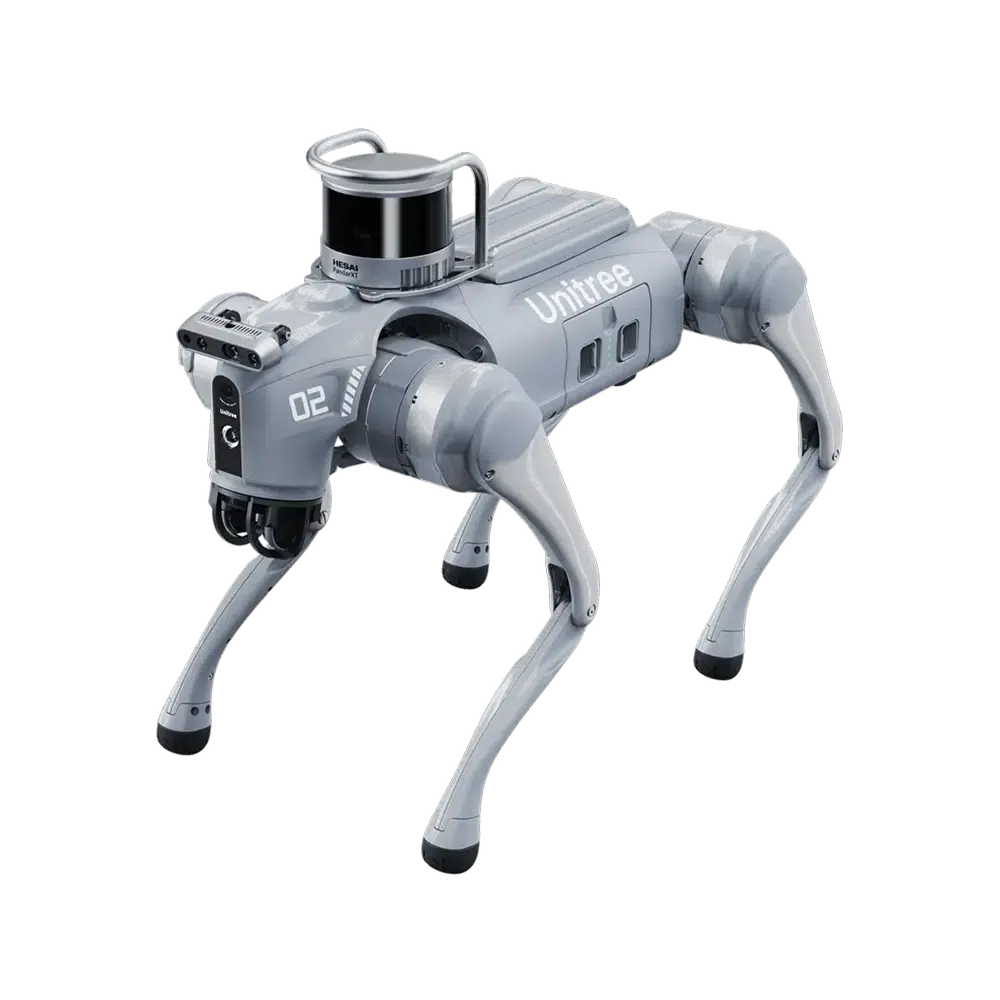











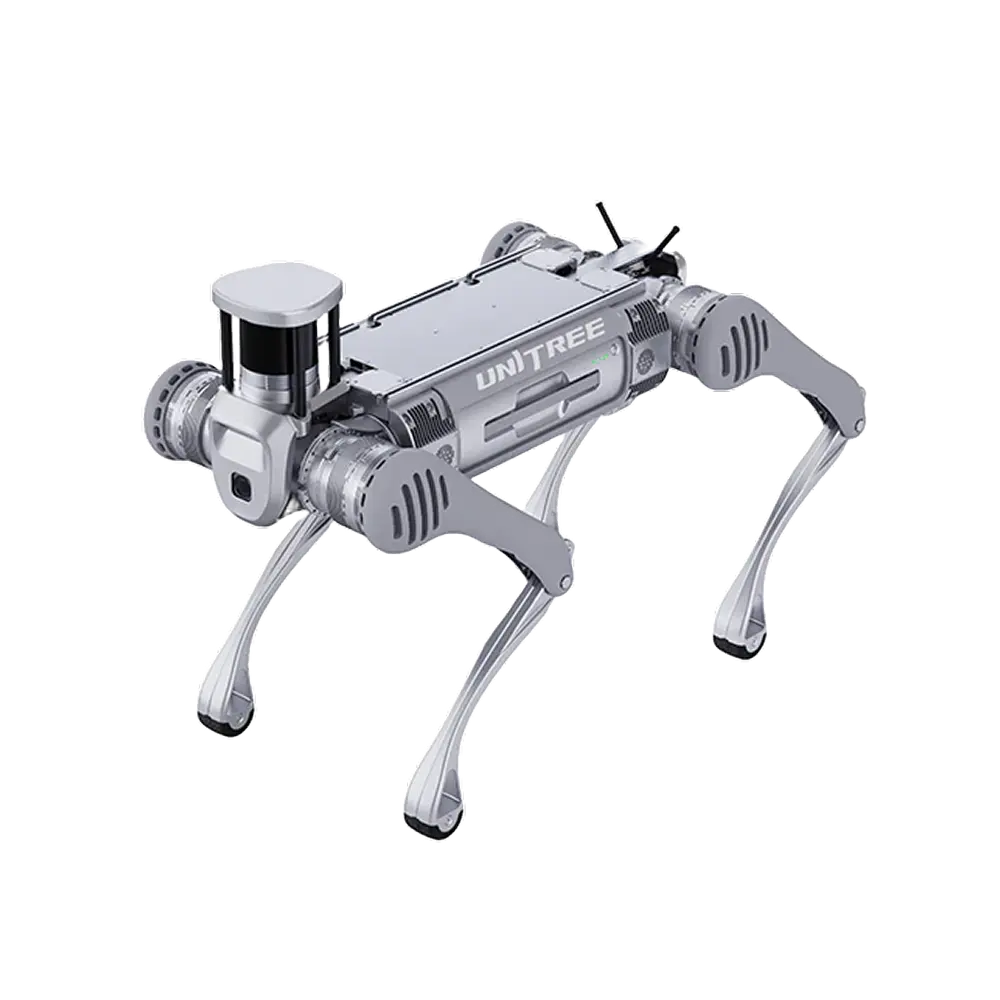
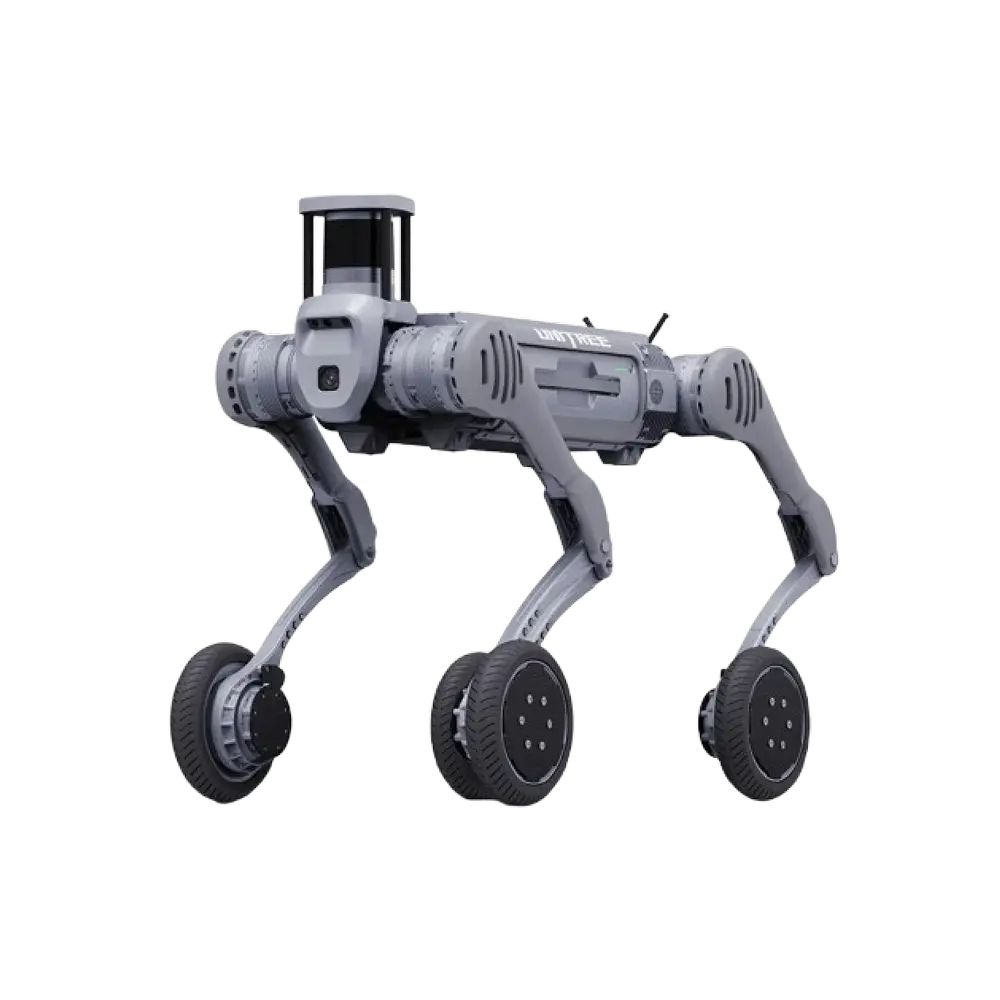
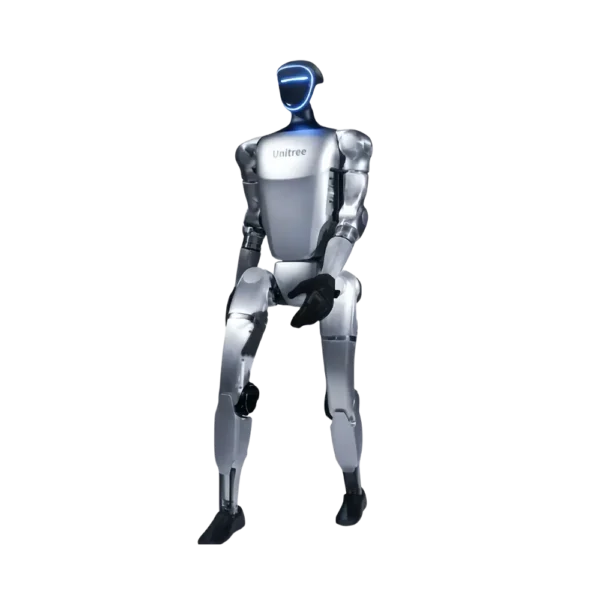
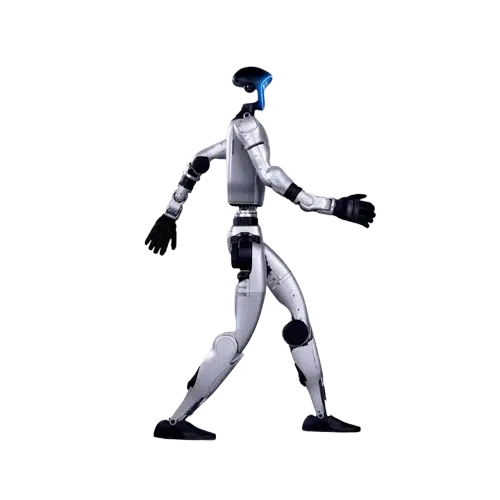
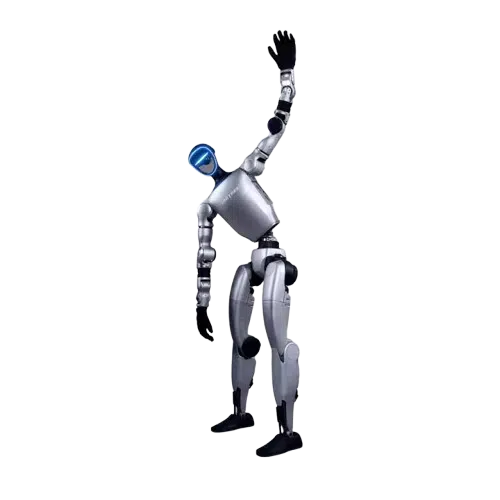
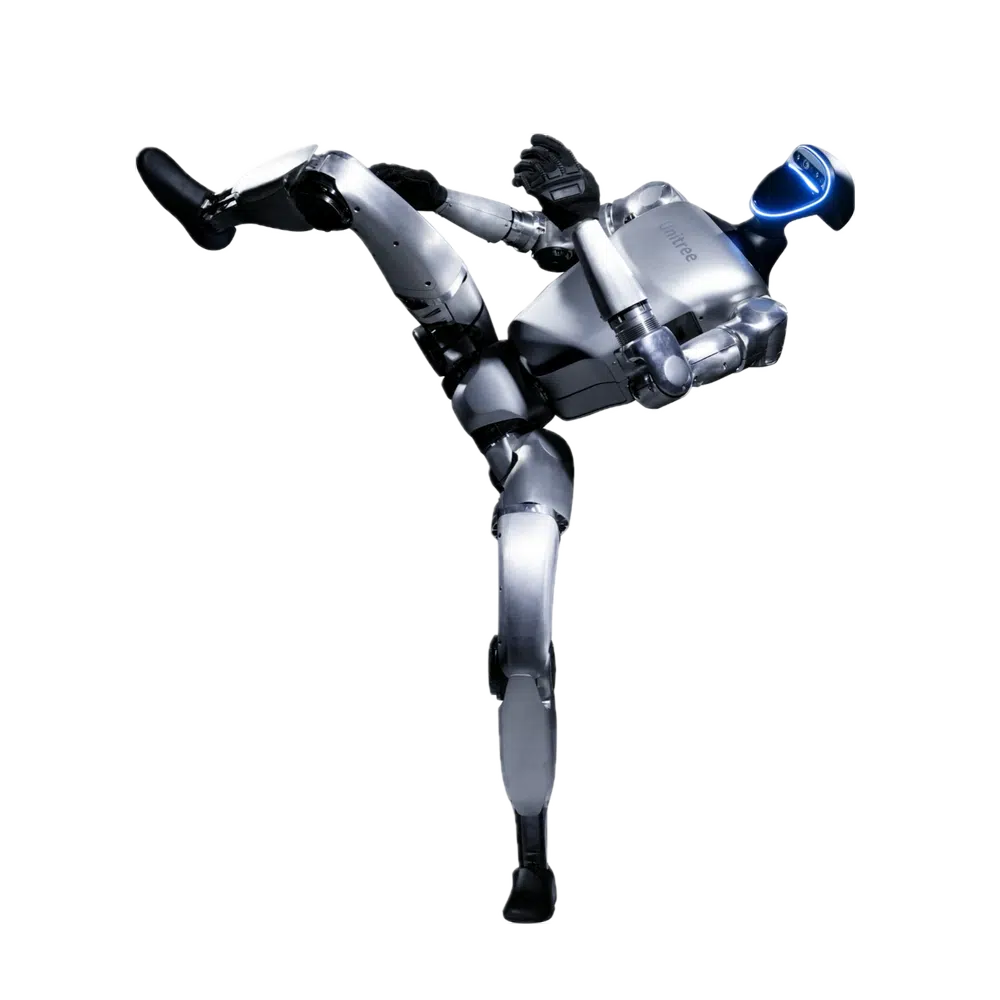
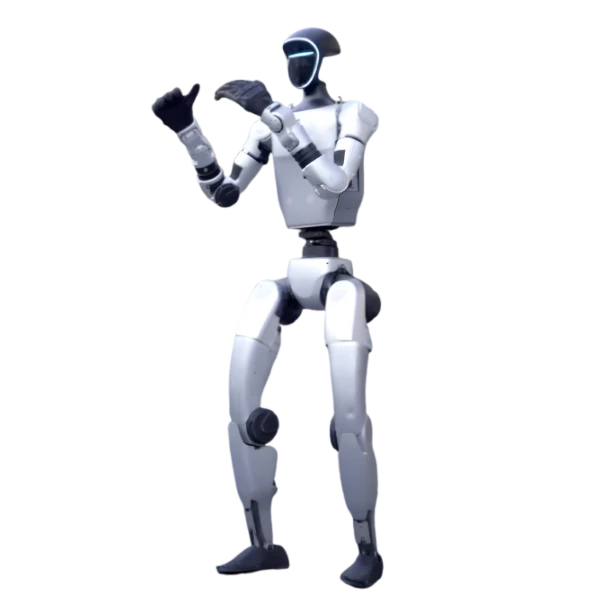
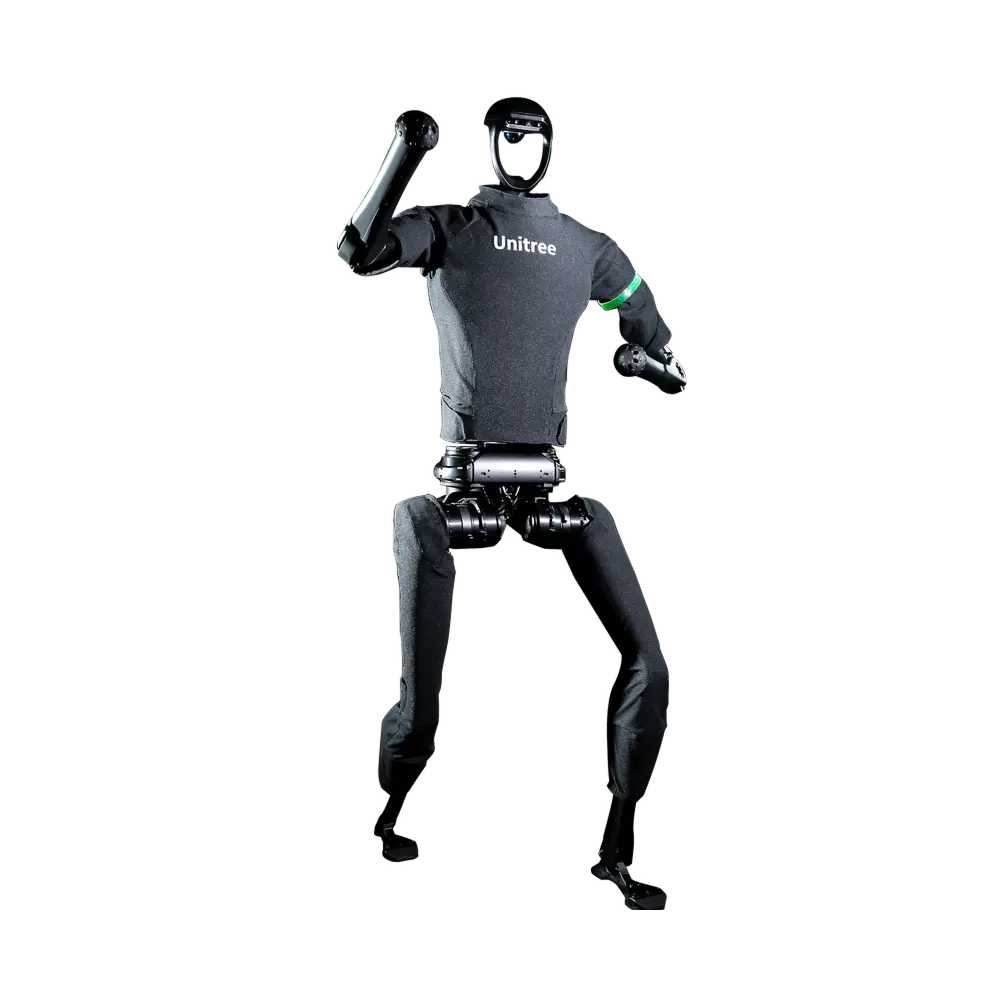
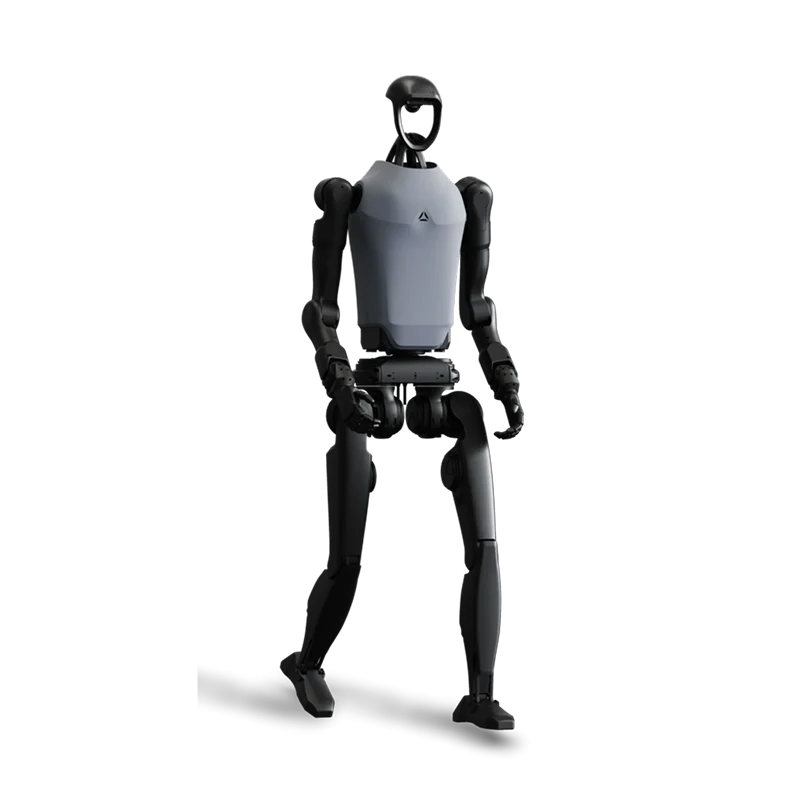
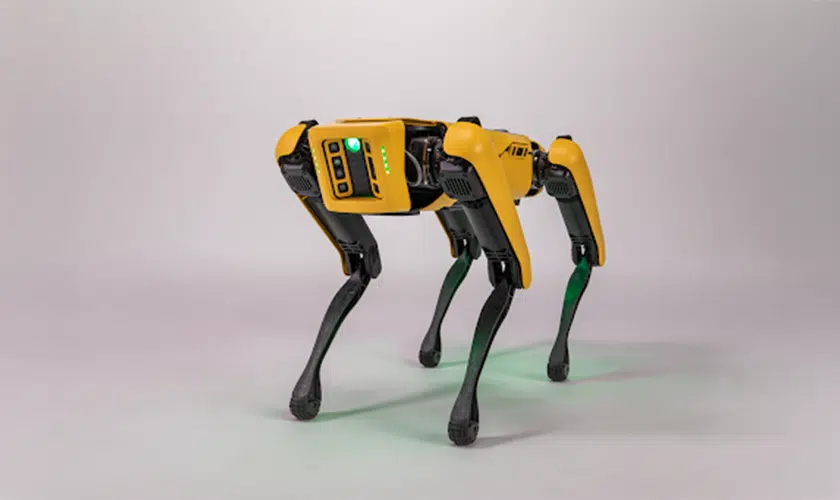
Comments are closed for this post.